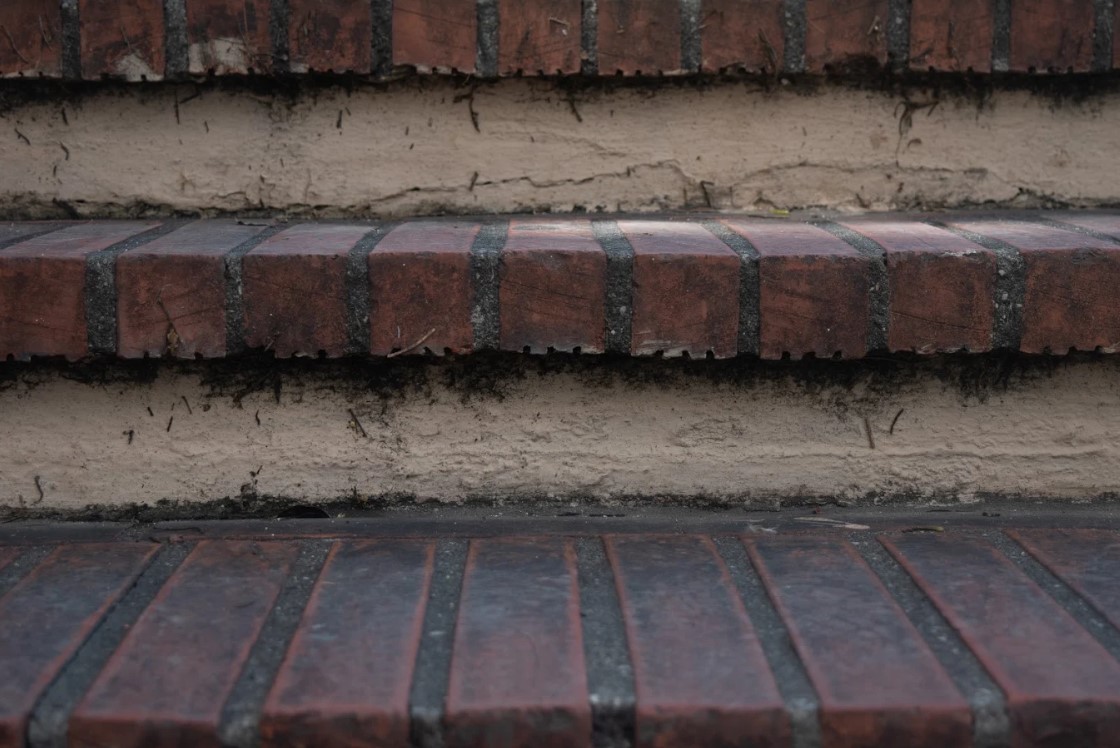Tabula rasa as Architectural Research Strategy for the 4IR

Published 2020-06-30
Keywords
- learning,
- architecture,
- knowledge,
- originality,
- radicality
- tabula rasa ...More
How to Cite
Copyright (c) 2020 Revista AULA

This work is licensed under a Creative Commons Attribution 4.0 International License.
Abstract
Tabula rasa is an effective conceptual resource that reacts against the statu quo in architecture, it impacts the contemporary milieu and support research practices. The objective of the present article is to set the concept of tabula rasa as the origin of critical thinking in architectural research through the definition of three disruptive aspects in architecture: reality, radicality and universality. As a result, it is explained how tabula rasa is an effective research strategy in architecture through processing engagement, detachment, improvisation and assemblage of knowledge, which is significant for supporting the advanced phase of architectural education that has already started with the Fourth Industrial Revolution (4IR).
Downloads
References
- Anderson, R. (2013). Ludwig Hilberseimer: metrópolis architecture. Nueva York: GSAPP BOOKS.
- Barber, S. (2006). Ciudades proyectadas: cine y espacio urbano. Barcelona: Editorial Gustavo Gili, SL
- Benjamin, W. (2012). Imágenes que piensan. Madrid: Adaba Editores, S.L.
- Castillo Molina, JR. (2019). Innovación y transferencia: la implementación del hallazgo. AULA Revista de Humanidades y Ciencias Sociales. 64 (4), 46-56.
- Deleuze, G. (1929). La imagen tiempo: estudios sobre cine 2. Barcelona: Ediciones Paidós Ibérica, S.A.
- Feyerabend, P. (2008). Adiós a la razón. Madrid: Editorial Technos (Grupo Anaya S.A.)
- Figgis, M. (2008). El cine digital. Barcelona: Alba Editorial, s.l.u.
- Jullier, L. (2004). La imagen digital: de la tecnología a la estética. Buenos Aires: La Marca.
- Kuenzli, R. (2006). Dada. New York: Phaidon Press Inc.
- Marina, JA. (2007). Las arquitecturas del deseo: una investigación sobre los placeres del espíritu. Barcelona: Editorial Anagrama, S.A.
- Moholy-Nagy, L. (1929). La nueva visión: principios básicos de la Bauhaus. Buenos Aires: Ediciones Infinito.
- Papadakis, A. (1992). Theory + Experimentation. Architectural Design. Vol. 62. No. 11/12, November-December. pp.10-41. noviembre-diciembre 1992. London: Academy Group Ltd.
- Reas, C. and McWilliams, C. (2010). Form and code in design, art, and architecture. New York: Princeton Architectural Press.
- Richter, H. (1964). Dada Art and Anti Art. New York, NY: Thames & Hudson, Inc.
- Sans, J. y Sánchez, M. (2001). Quel est le role de l’artiste aujourd’hui? Paris: Imprimerie Balauze et Marcombe, Cánejan.
- Schumacher, P. (2008). Parametricism as style-parametricist manifesto. Recuperado el 15 de mayo 2020 en URL: https://www.patrikschumacher.com/Texts/Parametricism%20as%20Style.htm
- Sigurdsson, S. (1995). Björk: Post. London: Bloomsbury Publishing.
- Virilio, P. (1988). Estética de la desaparición. Barcelona: Editorial Anagrama, S.A.

